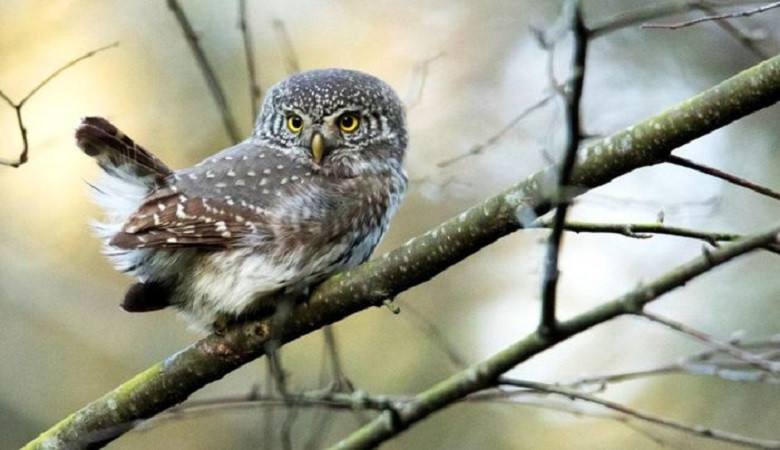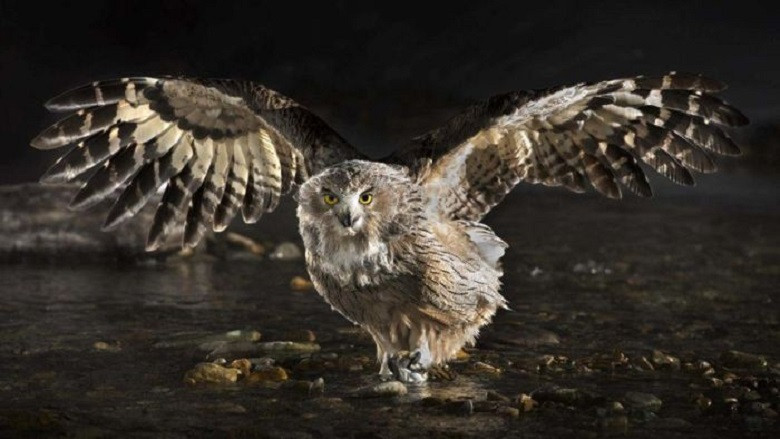Exploring the Characteristics and Distinctions Between Owls and Eagle Owls
Owls are fascinating creatures that belong to various genera and species within the bird kingdom. Despite their captivating allure, distinguishing between different types of owls, such as the owl and the eagle owl, can be a challenge due to their similar appearances. However, each species possesses unique traits that set them apart.
The World of Owls
Owls are a diverse group of birds of prey, encompassing over 200 species of varying sizes. These majestic creatures are primarily active during the nighttime hours and can be found across the globe. Within the owl family, there are two distinct families: owls and barn owls.

One defining characteristic of owls is their large head structure, adorned with expansive eyes and a diminutive curved beak. Despite their fierce predatory nature, owls often exude a cute and endearing charm, thanks to their soft, thick plumage. Their plumage coloration plays a vital role in camouflaging them within their natural habitats - polar owls sport white feathers, desert species display a yellowish hue, while forest-dwelling owls flaunt shades of brown.
The lifestyle of owls influences the design and size of their wings. Most species of owls do not require long, massive wings as they cover short distances during hunting expeditions. Moreover, these nocturnal creatures are masters of stealth, seamlessly navigating through the darkness of night while seeking refuge during daylight hours. Additionally, female owls are typically larger in size compared to their male counterparts.
Unveiling the Majesty of Eagle Owls
Within the subfamily of true owls, Striginae, we encounter two genera - eagle owls and fish owls - comprising just over 20 species. Eagle owls are distinct from other owl species due to their remarkable size and barrel-shaped bodies. Notably, these majestic raptors possess feather "ears" located on the sides of their heads, imparting a fearsome appearance accentuated by bunches of large feathers draping over their eyes. While certain owl species may exhibit similar features, the size of the bird serves as a crucial distinguishing factor.

Eagle owls boast a diverse color palette, which aligns with their preference for forest habitats. Dark stripes adorn the heads and backs of these predators, while their feet are densely coated with feathers and down. Their predominantly nocturnal lifestyle is complemented by exceptional eyesight, enabling them to hunt during both day and night. With their substantial size, eagle owls have the advantage of targeting larger prey such as hares, roe deer, and even smaller owl species.
In terms of flight, eagle owls emit a distinctive whistle as they soar through the skies, whereas their owl counterparts navigate silently. These impressive birds showcase sharp wing tips, enabling a considerable wingspan that facilitates efficient hunting and mobility.
Key Distinctions Between Owls and Eagle Owls
- Size: Eagle owls surpass owls in size, except for certain owl species.
- Appearance: Eagle owls feature feather "ears," while owls possess round, smooth heads and distinctive facial disks.
- Lifestyle: Owls predominantly hunt at night and coexist near human settlements, whereas eagle owls exhibit superior vision, allowing them to hunt during the day in remote locations.
- Diet: Owls primarily prey on rodents, while eagle owls target a broader range of prey, including large animals.
- Flight: Eagle owls emit a whistling sound during flight, contrasting with the silent flight of owls.
The exquisite nuances and unique traits of both owls and eagle owls underscore the complexity and diversity of the avian world. As we delve deeper into the captivating realm of these magnificent birds, we gain a profound appreciation for the intricacies that define their existence and separate them in the grand tapestry of nature.















Comments
0 comment